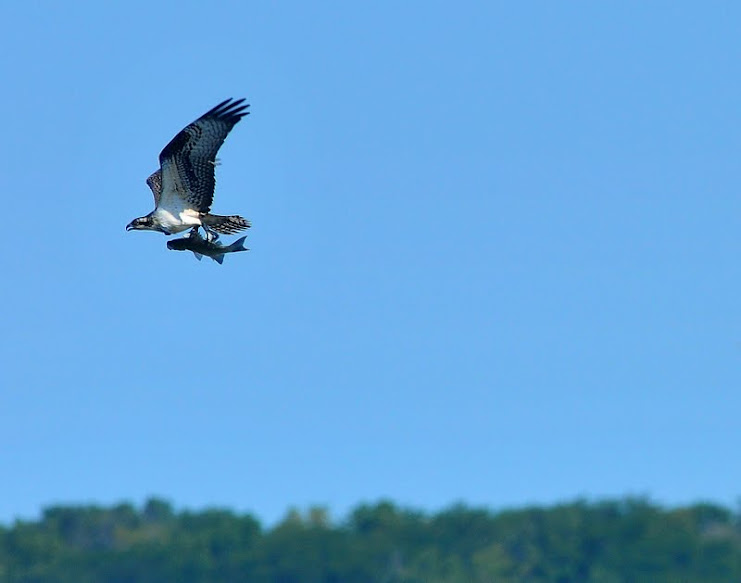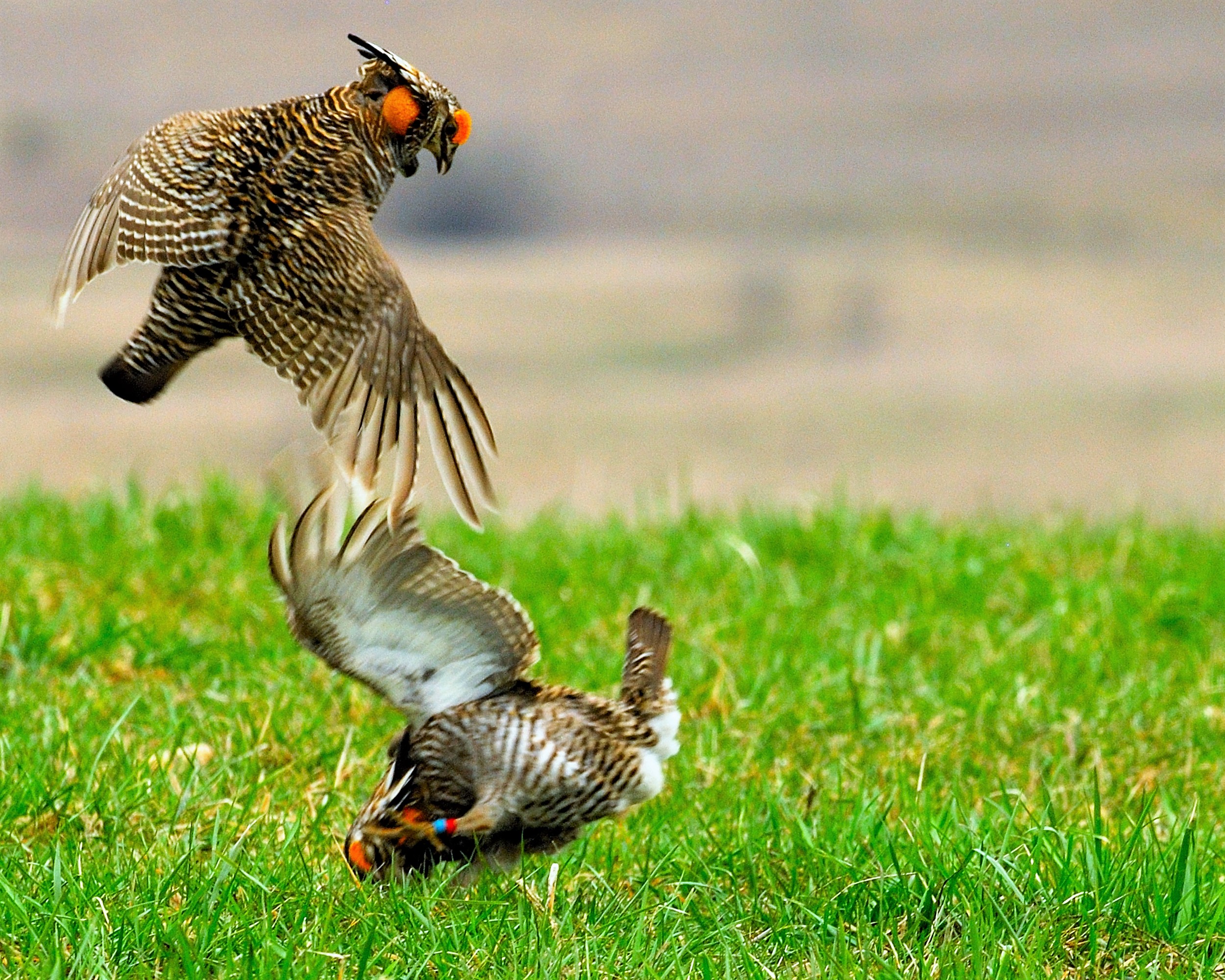Diversity is key to river corridor communities
Marla Mertz, Marion County Conservation, and Linette Bernard, Feathers & Ink
Our rivers and streams intertwine with all living things. Those waters lead to one great ocean. What lies in our water, in our soil, and in our air affects us now and in the future. Birds, as well as other wildlife, play an important environmental role as many are indicator species. Marion County, Iowa, is just one “river corridor community.”
The Des Moines River watershed and its placement within the Mississippi River watershed allows opportunity for all of us to become more aware of our global and local environment and how our watershed connection affects all things. For example, migratory birds rely on a healthy land base and clean water in both nesting and wintering habitat. Iowa ranks 50th as the most-altered U.S. state. Habitat loss, habitat fragmentation, habitat quality and the concerns of our water threaten the quality of our life, as well as the quality of our wildlife.
Healthy soils
Iowa and much of the Corn Belt is known for deep, productive soil. Although often taken for granted (particularly by those who are not directly dependent), soil will always play a role in our lives. Soil is what we dig in as children, plant our gardens in, and where the vast majority of the world’s foodstuff is grown.
The soil we have took millions of years of action and addition of organic matter to be what we have today – deep, black, humus-rich topsoil. The humus is the key ingredient, made from decaying plants and animals, which allow our soil to hold water like a sponge and nutrients like the cupboard shelf!
The best place for soil to be is NOT in the water. See the article "Soil Schmoil" for more information.
Healthy water
Freshwater mussels are important to river structure, stream ecology, and biodiversity. Mussel beds provide a firm, natural structure where the river bottom would otherwise be a shifting mixture of sand, silt, and clay. With only one muscular foot, their mobility is somewhat confined. It is not easy for mussels to escape disturbances, like droughts, floods, dredging, or contaminants. They become a stable micro-habitat and home to many different species, all of which contribute to a river ecosystem.
Mussels quietly sit in the water and never utter a sound. They were an important food source for Native Americans, especially in the winter months, and still are for animals like fish, turtles, mink, otters, and raccoons. Mussels filter algae and other microscopic organisms from the water providing much needed cleaning services. What they don’t digest is spit back out as mucous plugs – a tasty meal for nearby fish. They also make a positive impact on the ecosystem by filtering large volumes of water and reducing suspended particles and contaminate loads.
- Learn more about “The muscle of mussels.”

Healthy, clear water is important to many animal species. One in particular is the osprey, a fish-only eating raptor. Osprey need clean water, as all of us do, but their hunting strategies for sustaining an exclusive diet of fish is greatly hindered when turbidity becomes an issue. Mussels help some, aquatic vegetation helps, too.
Buffer strips maintained between crop lands and pastures and adjacent waterways can help minimize pollutants leaching into the water. Buffers are strips of land with permanent vegetation designed to intercept storm-water and snow-melt runoff and minimize soil erosion. These buffers can reduce the amount of sediment and pollutants carried by runoff to nearby lakes or streams.
Soil particles accumulating as sediment in a river can reduce dissolved oxygen levels and suffocate organisms and reduce sunlight needed by aquatic life. Sediment often carries pollutants such as phosphorus, a nutrient in fertilizer. These nutrients cause excessive growth of algae and aquatic plants, deplete the oxygen level of water and degrade water quality. Soil microbes and grasses in buffer strips absorb these excess nutrients and protect surface water resources.
Farmers use buffer strips and other ‘best management’ practices like winter cover crops and no-till practices to help control erosion on their land. Buffers help trap snow and reduce wind erosion on their topsoil. The benefit of buffers to farmers include reduced flood damage to crops, reduced erosion and sediment loss, and reduced ditch maintenance costs. In addition, buffer strips can eliminate end rows and provide turn areas for farmer’s machinery during fieldwork. Buffer strips in agricultural areas intercept or remove pollutants (excess nutrients and chemicals) and sediment by 50% or more, 60% or more of some pathogens and 75% or more of sediment and protect surface water resources and improve fish and wildlife habitat. Buffer vegetation helps stabilize a stream by reducing stream bank erosion. The buffers that provide a shaded environment along a river help moderate water temperature, which improves conditions for cold water fish species. Buffers are a source of food, nesting cover, and shelter for many wildlife species. Continuous buffers also provide connecting corridors that enable wildlife to move safely from one habitat area to another.
Healthy habitat
If you read journals from pioneer settlers in Iowa… they talk about a much different landscape and many different animal residents! Some of the animals that were here when Iowa achieved statehood are now extinct (i.e. passenger pigeon) while others were extirpated (no longer found here, but are found elsewhere, like elk) from these parts by the early 1900s. Wildlife restoration must start with habitat improvement and restoration.
The Iowa Department of Natural Resources spearheads many of the wildlife restoration efforts with assistance from county conservation boards, college and university student clubs, “fin and feather” groups, and nonprofits.
Why would private nonprofits, ‘fin and feather’ groups, and conservation agencies go to the work and expense to restore wildlife populations? You could answer that question with it’s our natural heritage! In the broad sense, it is about trying to restore some semblance of the natural ecosystem by replacing some of the missing pieces. Restoring these pieces highlights the need for conservation and improvement of habitats.

Many of the wildlife species chosen for reintroduction efforts are examples of 'umbrella species' – those that have such wide habitat needs that when habitat improvements are made for these umbrella species you end up impacting for the ‘good’ of many species. The prairie chicken is a great example of an umbrella species. Prairie chickens have such wide habitat needs and require such a large landscape of grassland that by managing for prairie chickens, you end up managing for many grassland species, especially other grassland birds.
"The last word in ignorance is the man who says of an animal or plant, 'What good is it?' If the land mechanism as a whole is good, then every part is good, whether we understand it or not. If the biota, in the course of eons, has built something we like but do not understand, then who but a fool would discard seemingly useless parts? To keep every cog and wheel is the first precaution of intelligent tinkering."
―Aldo Leopold, Round River: From the Journals of Aldo Leopold
- Learn more about wildlife and habitat restoration in Iowa.
Healthy community
"The land ethic simply enlarges the boundaries of the community to include soils, waters, plants, and animals, or collectively: the land... In short, a land ethic changes the role of Homo sapiens from conqueror of the land-community to plain member and citizen of it. It implies respect for his fellow-members, and also respect for the community as such."
―Aldo Leopold
- Learn more about Aldo Leopold in “A view of land and people…”
More links for learning:
- Water: A common thread to life!
- Migration Madness
- Osprey - a sentinel of clean water
- Read Majesty for some inspiration on how to share your love of the land and water with others.
All of these major components and the health of these components have been the topic of discussion in all states and all communities for many, many years. Some discussions are negative, some positive, and there are some that simply do not want to understand. Marion County is truly fortunate to be rich in land and water resources. That doesn’t mean that there isn’t work to be done and knowledge to gather, but it’s time for a celebration of what we do have. We hear so much negativity in our world about numerous aspects that affect our lives, but our basic needs of life are still very much alive and will continue to be the basics of our connections to the land.
published Wednesday, March 1, 2023



